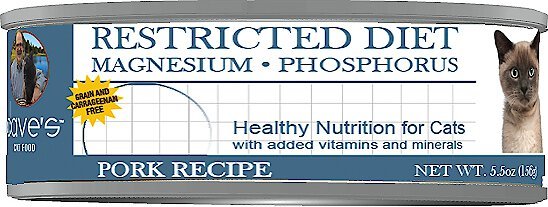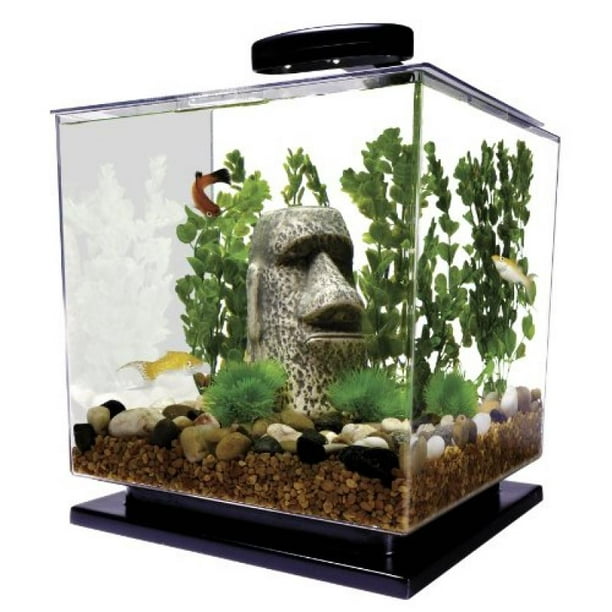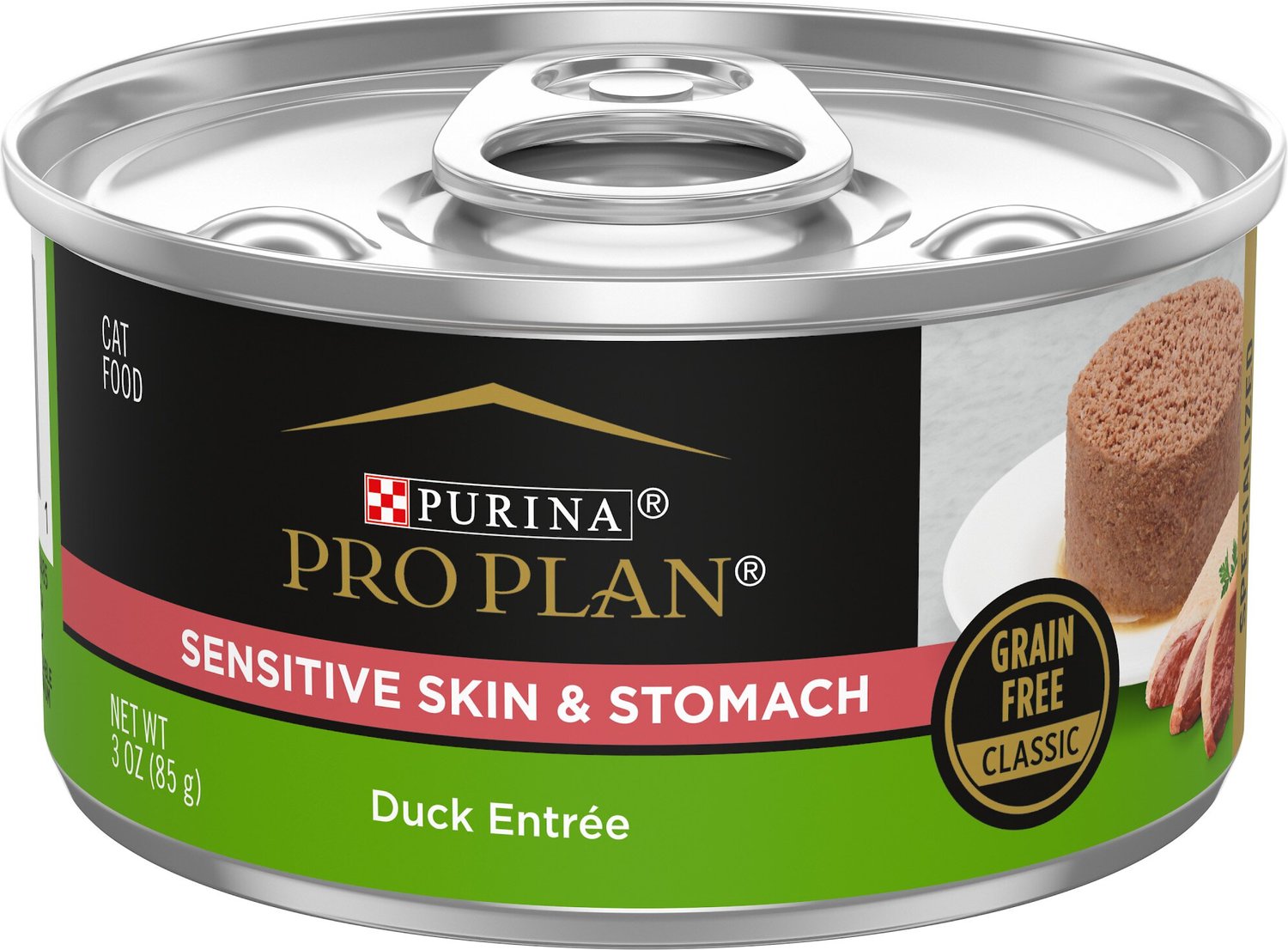Purina ONE SmartBlend Adult Natural Lamb and Rice Recipe Dry Dog Food
Discover what makes SmartBlend smart. Purina ONE SmartBlend Natural Lamb and Rice Formula dry dog food starts with real lamb as the number 1 ingredient to help maintain your dog’s strong muscles, including a healthy heart. Each meal is highly-digestible and has a combination of protein-rich tender, meaty morsels and crunchy kibble, providing a taste your dog will love to help ensure he gets the complete and balanced nutrition he needs. This food for dogs has a dual-defense antioxidant blend of vitamins E and A and minerals zinc and selenium to help support his strong immune system while promoting healthy dog skin, and natural sources of glucosamine help support healthy joints. Purina ONE SmartBlend Natural Lamb and Rice is carefully formulated by Purina dog experts and nutritionists who are committed to delivering a positive impact on your dog’s health. Whether it’s bright eyes, a radiant coat or even an empty bowl that means your dog is enjoying every bite, see the differences Purina ONE SmartBlend can make.
Discover what makes SmartBlend smart. Purina ONE SmartBlend Natural Lamb and Rice Formula dry dog food starts with real lamb as the number 1 ingredient to help maintain your dog’s strong muscles, including a healthy heart. Each meal is highly-digestible and has a combination of protein-rich tender, meaty morsels and crunchy kibble, providing a taste your dog will love to help ensure he gets the complete and balanced nutrition he needs. This food for dogs has a dual-defense antioxidant blend of vitamins E and A and minerals zinc and selenium to help support his strong immune system while promoting healthy dog skin, and natural sources of glucosamine help support healthy joints. Purina ONE SmartBlend Natural Lamb and Rice is carefully formulated by Purina dog experts and nutritionists who are committed to delivering a positive impact on your dog’s health. Whether it’s bright eyes, a radiant coat or even an empty bowl that means your dog is enjoying every bite, see the differences Purina ONE SmartBlend can make.
- Made with high-quality protein sources, including real lamb as the number 1 ingredient
- Omega-6 fatty acids, vitamins and minerals help support healthy skin and coat
- Dual-defense antioxidant blend supports a strong immune system
- Natural sources of glucosamine to help maintain healthy joints
- Protein-rich, tender, meaty morsels plus crunchy kibble for great taste your dog will love
- Crafted in Purina-owned U.S. facilities
- 100 percent Complete and Balanced nutrition for adult dogs
Purina guarantees outstanding quality and taste. If for any reason you’re not satisfied, simply let Purina know why. Please contact Purina directly at (800) 778-7462 within 60 days of date on receipt for assistance. Or, feel free to mail your original purchase receipt with the price circled, a brief explanation of why you were dissatisfied with our products, the “Best If Used By” date box from the package, along with your name and street address (P.O. Box not accepted) to: Purina, Consumer Services, PO Box 340, Neenah WI 54957
Additional information
| Country of Origin | Made in USA |
|---|---|
| Breed Size | Extra Small, Small, Medium, Large, Extra Large |
| Flavor | Lamb and Rice |
| Life Stage | Adult |
| Primary Flavor | Rice, Lamb |
| Special Diets | AAFCO Formulated, Omega Fatty Acids |
| Manufacturer Part Number | 1780016746 |












by Floyd
Great product. Our dogs love it and people ask how are their coats so shiny. We explain it’s the Purina One.
by Corey
I’ve been buying Purina for years. Making sure to buy something other than chicken or beef. My 9 year old dog seems happy. I choose Purina over other brands because it’s usually recommended by Vets and other dog owners, and the price is competitive. I also like the flavor options.
by April
My dogs absolutely love this flavor.
by Delgado
Great dog food but the price is a bit high for lower quality than their pro line.
by Arobin
My dogs love this food and I trust the Purina brand.